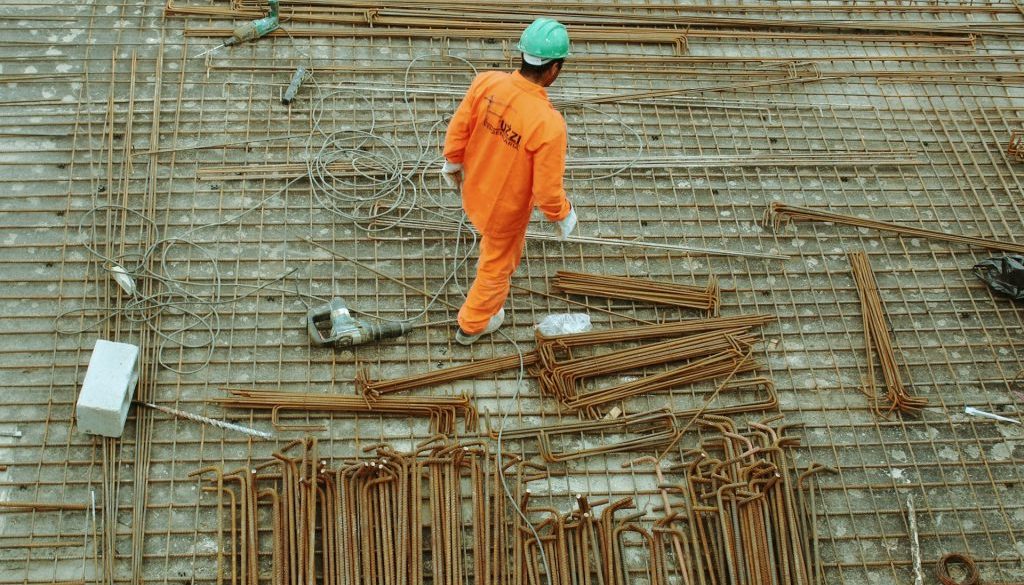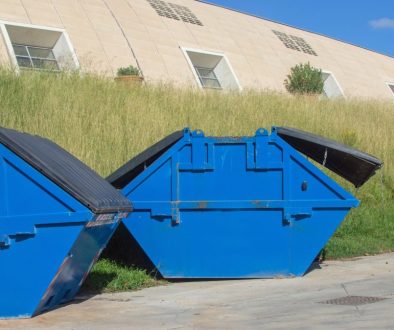The construction industry produces a vast amount of waste each year, contributing to environmental degradation and depletion of natural resources. As concerns about sustainable development continue to grow, innovative waste management methods are becoming increasingly important. One such approach gaining momentum is upcycling—transforming waste materials into new, valuable products and building elements. Upcycling is revolutionising construction practices and offering a greener, more cost-effective alternative by minimising waste and making the most of discarded materials.
In this insightful guide, we will explore the concept of upcycling within the construction world, focusing on how rubbish can be given new life as functional and aesthetically pleasing building elements. We will discuss the advantages of incorporating upcycling techniques in your construction projects, ranging from environmental benefits to potential cost savings. Additionally, we will provide practical tips and ideas for implementing upcycling strategies on your building sites.
Join us as we embark on a journey to unveil the transformative power of upcycling in the construction industry—highlighting innovative methods for reusing waste materials to create unique assets. By understanding and embracing the practice of upcycling, you can help shape a more sustainable, efficient, and eco-friendly future for the construction sector.
1. Understanding Upcycling in Construction
Upcycling refers to the process of transforming waste materials and resources into new, high-quality products with added value. In the context of construction, upcycling involves repurposing discarded materials such as glass, wood, plastics, and metals to create unique architectural and structural elements. Here are some examples of upcycled construction materials:
- Reclaimed wood: Salvaged timber from demolished structures, old furniture, or shipping crates can be reworked into new construction components, such as flooring, cladding, or beams.
- Recycled metal: Scrap metals from retired industrial machinery or vehicles can be melted down and repurposed to create structural components or decorative elements.
- Reprocessed glass: Discarded glass bottles or windows can be transformed into glass aggregate, sustainable bricks, or even stunning glass tiles.
- Repurposed plastics: Waste plastic can be processed and reformed into durable construction materials, such as plastic lumber or weatherproof cladding.
2. Benefits of Upcycling in Construction
Integrating upcycling practices into your construction projects offers a range of advantages for both the environment and the project itself:
- Resource conservation: By repurposing waste materials, upcycling helps conserve natural resources and reduces the reliance on virgin materials.
- Waste reduction: Upcycling decreases waste generation, as discarded materials are transformed into valuable assets rather than being sent to landfills.
- Cost savings: Utilising readily available waste materials can be a cost-effective alternative to purchasing new construction materials, resulting in financial savings.
- Enhanced aesthetics: Upcycled materials often add a unique and appealing aesthetic to a building or space, creating an architectural statement while promoting eco-consciousness.
3. Upcycling Ideas for Construction Projects
The possibilities of upcycling in construction are seemingly endless, but here are a few ideas to spark your creativity and inspire greener building practices:
- Pallet furniture: Wooden pallets can be easily transformed into stylish yet functional indoor or outdoor furniture pieces, such as benches, tables, or shelving units.
- Tyre planters: Old tyres can be repurposed into durable and versatile planters for green spaces in and around your building project.
- Discarded window frames: Reclaimed window frames can serve as eye-catching decorative elements or be used to construct unique greenhouse structures.
- Broken bricks or tiles: Cracked or broken bricks and tiles can be used to create mosaic patterns on walls, walkways, or garden pathways, adding a touch of artistic design.
4. Implementing Upcycling Strategies in Your Construction Projects
Promoting upcycling within your construction projects might seem challenging, but a few straightforward strategies can help pave the way for waste transformation:
- Collaborate with waste management providers: Engaging with waste management providers like skips can help by identifying waste materials suitable for upcycling and preventing them from being sent to landfill.
- Inspire creative thinking: Encourage brainstorming sessions among your construction team to generate upcycling ideas tailored to the specific project and available resources.
- Partner with artisans or craftsmen: Collaborate with local artisans or craftsmen who can repurpose waste materials into bespoke architectural or decorative elements.
- Promote a culture of sustainability: Foster an environment that encourages eco-friendly practices across all aspects of your construction activities, including upcycling endeavours.
Conclusion
By embracing upcycling, you can reimagine the waste generated by construction projects as valuable assets and contribute to a more sustainable, eco-conscious building sector. Upcycling offers exciting opportunities to create unique and appealing architectural elements, conserve resources, reduce waste, and save on project costs.
To learn more about upcycling in construction and discover how our skip hire and recycle solutions can support your efforts, get in touch with Enviro Skip Hire today. By working together, we can pave the way toward a greener, more innovative future for the construction industry, one upcycled project at a time.




